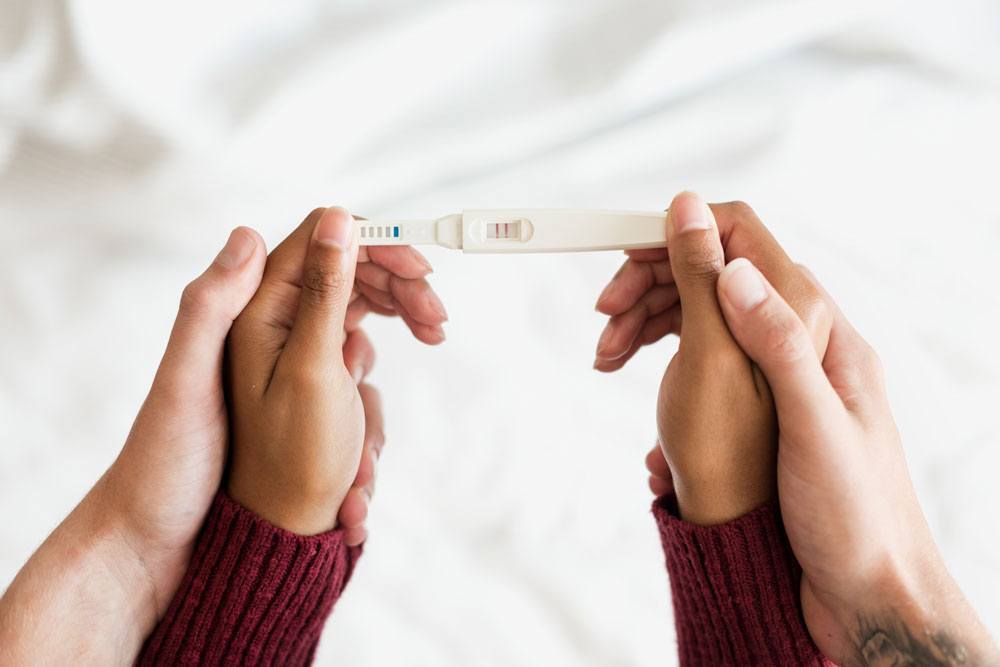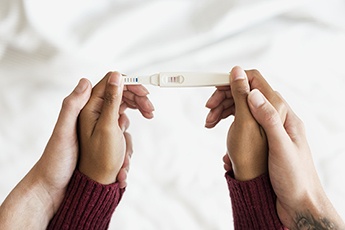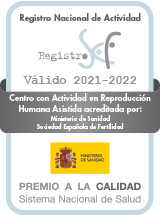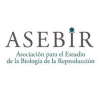Do you want to be a mother and are considering IVF but you are not sure what this technique of assisted reproduction is all about? We will tell you what it is and in what cases is the treatment required to obtain a pregnancy, and we will also address some of the main doubts that may arise regarding this technique.
What is in vitro fertilization
In vitro fertilization is a technique that allows an egg to fertilize with a sperm outside the uterus for subsequent implantation of the embryos into the uterus. This treatment offers greater guarantees of success of artificial insemination. However, the procedure is somehow more complex, as we will explain below.
This technique of reproduction, just like artificial insemination, can be conjugal (with egg and sperm of the couple) or with a donor, either with donation of eggs, sperm, or both, according to the previous diagnosis of each case.


When is in vitro fertilization required
IVF treatment is performed to get the maximum possibilities of pregnancy to very different causes of infertility, male or female such as the following:
- Older maternal age
- Blocked or damaged Fallopian tubes
- Endometriosis
- Infertility problems due to male factors
- unexplainable fertility

What the chances of success in IVF
We do not like talking about numbers or statistics, because we believe each case is unique. But we also believe that you should have all the necessary information and that nobody is in a position to guarantee that pregnancy that you really want.
Our commitment is to help, guide and support you at all times, to give you the best alternative and the best possibilities of success but as much as we would like, absolute guarantees do not exist when it comes to assisted reproduction. We want to be very honest from the very beginning.
The chances of success depend on various factors beyond the current treatment. Just to give you an idea, according to data from the Society of Assisted Reproductive Technology (SART), the possibility of giving birth to a baby after one IVF treatment is the following:
41-43% for women under 35 years of age
3-36% for women ages 35-37
23-27% for women ages 38 to 40
13-18% for women over the age of 41 years
If there is no treatment after the first IVF treatment , we can perform a second cycle and up to a third. We do not recommend more than three.
How is the process of IVF treatment
The process of In vitro Fertilization is carried out in several phases, but it is completely outpatient. Meaning the treatment will be performed in the clinic and you will not have to stay overnight. In two hours approximately, you’ll be able to go home.
Surely you are interested to know where you could start in the event you opt for In vitro fertilization. We want to explain the steps of the process in order for you to be familiar with the informative title and in any case we will be at your side to guide you at every stage and to dispel any doubt however small.
The first step in this treatment would be to introduce hormones to enhance the development of your eggs. During this first phase of treatment, you are monitored by ultrasound scans and blood tests to check hormone levels. Once the test results give us the green light, it will be time to proceed to the extraction of the eggs.
The puncture of the egg is performed through ultrasound aspiration to guide us in the the egg selection. This process does not require anesthesia, but we will use a mild sedation, As we have said, it’s completely outpatient. It is not painful though it can be somewhat uncomfortable. Once extracted, the eggs of the best quality are selected and they are put together with the semen in the laboratory to obtain fertilization. If the quality of the sperm is low, ICSI technique is advisable.
If the fertilization is successful, the cell will begin splitting and form the first stages of an embryo. If necessary, the DNA of a single cell of an embryo can be verified through PGD/PGS studies to rule out genetic abnormalities.
The transfer of embryos, that is the introduction into the uterus, usually takes place between day 3 or day 5 of embryo development. It is a process that consists of the introduction of a catheter containing the embryos into the vagina and then placing the embryos in the uterus. Pregnancy occurs when the embryo is implanted in the lining of the uterus and starts to develop.
How many embryos are implanted during IVF?
In collaboration with your doctor, you will have to decide if you only want to transfer one embryo or two. Chances increase significantly with two embryos, but you’ll also have to take into account the chances of a multiple pregnancy. Currently and according to Spanish legislation, the implantation of more than 3 embryos is not allowed.
The current trend is to avoid transferring more than two embryos, and you should also be informed that thanks to recent advances in assisted reproduction, it is possible to be pregnant with the implantation of a single selected embryo (the best) in order to avoid a multiple pregnancy.
After the treatment, you should continue with hormone medication to assist in the implantation of the embryo. The hormone that will be used is called progesterone and its goal is to help thicken the lining of the uterus.
Approximately 12 to 14 days after the embryo transfer, you’ll have a blood test to confirm whether the treatment has been successful and if there is any pregnancy.
OUR TREATMENTS
OR-Ovarian Rejuvenation
It is a revolutionary technique that involves the reactivation of stem cells and the remaining follicles in the ovary.
IA – Artificial Insemination
It is an assisted reproduction technique that will help you get pregnant easily and safely.
IVF – In vitro fertilization
It is the union of the ovum with the sperm in the laboratory, in order to obtain embryos already fertilized to transfer to the maternal uterus and achieve a pregnancy.
Egg Donation
Fertility treatment that consists of performing an In Vitro Fertilization with anonymous donor eggs. If necessary, this egg is fertilized with semen from the partner or another donor.
Genetic diagnosis
It refers specifically to the technique used in the event that one or both parents have a genetic abnormality. The embryo is analyzed to determine if it carries the same genetic abnormality.
ROPA Method
It consists of an In Vitro Fertilization treatment shared between both women, that is, one woman is the donor of the egg, while the other woman is the pregnant woman of the embryo.
Request your free appointment
Official Certificates
National Registry of the Spanish Fertility Society








